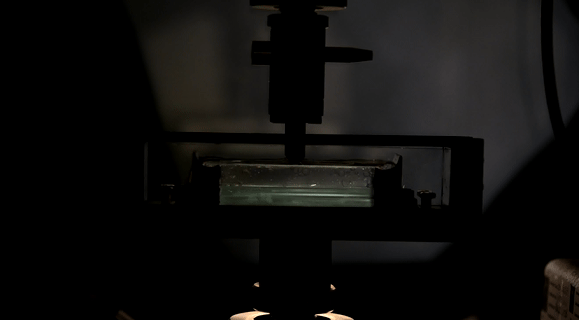A new approach to analysing how solid-fluid laminates respond to impacts, recently published in the Proceedings of the National Academy of Sciences, may help researchers design protective smart materials for touchscreens, sports equipment, and other applications. Already in use, flexible body armour protects its wearer with a woven fabric infused with a non-Newtonian fluid that hardens on impact. While analogous smart materials like solid-fluid laminates could potentially provide impact protection for devices such as touch screens, researchers have struggled to model the complex interactions between deforming solids and the corresponding pressure-driven fluid flows that would inform their design.

Led by Dr James Richards, researchers from ECFP worked with Dr Mike DeRosa from Corning Inc. to devise a simple scaling analysis and applied it to a laminate composed of a non-Newtonian fluid sandwiched between a flexible sheet and a rigid base layer. This is similar to a piece of glass on top of an LCD panel, in which both solid layers need to withstand sharp impacts. The theoretical approach was verified using experiments on a universal testing machine with photoelastic measurements (below; this experimental set-up was designed by ECFP’s Dr Rory O’Neill).

Using both numerical models and constant velocity experiments, the researchers applied and verified their approach, finding that unlike flexible body armour, a laminate with a fluid that thins upon impact delivers optimal protection for solid-fluid laminates. The study provides a new approach for designing and analysing smart solid-fluid composites with a simplified coupling between the parts.
Please get in contact with us to find out more about ECFP and whether we can help you.
ECFP delivers fundamental product insight enabling improved formulation and processing for a more sustainable future.